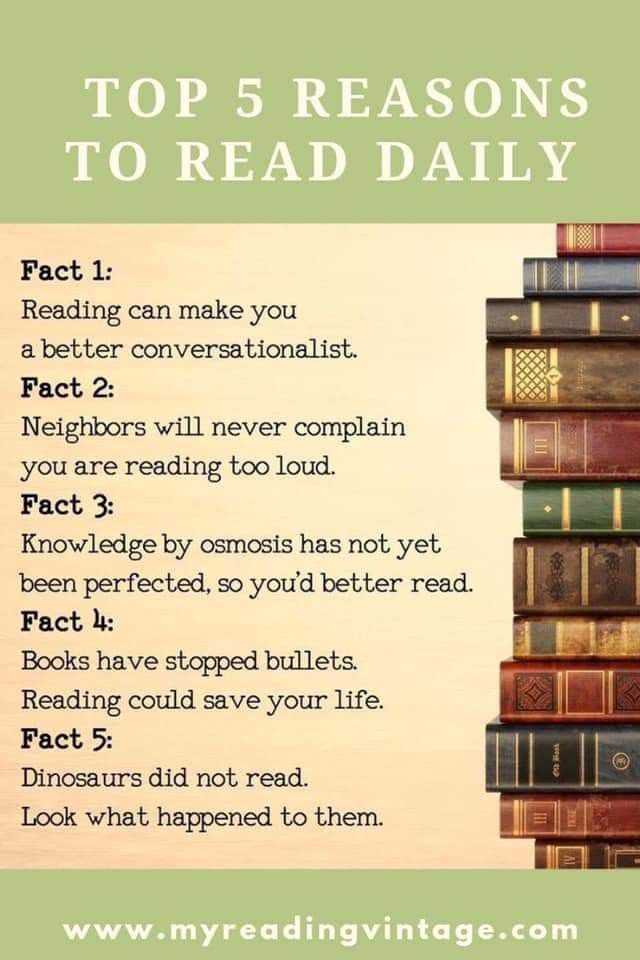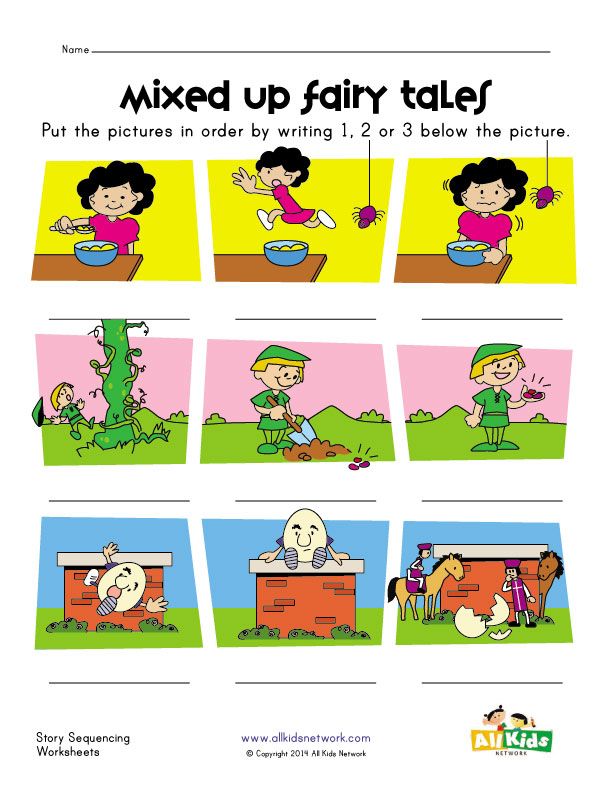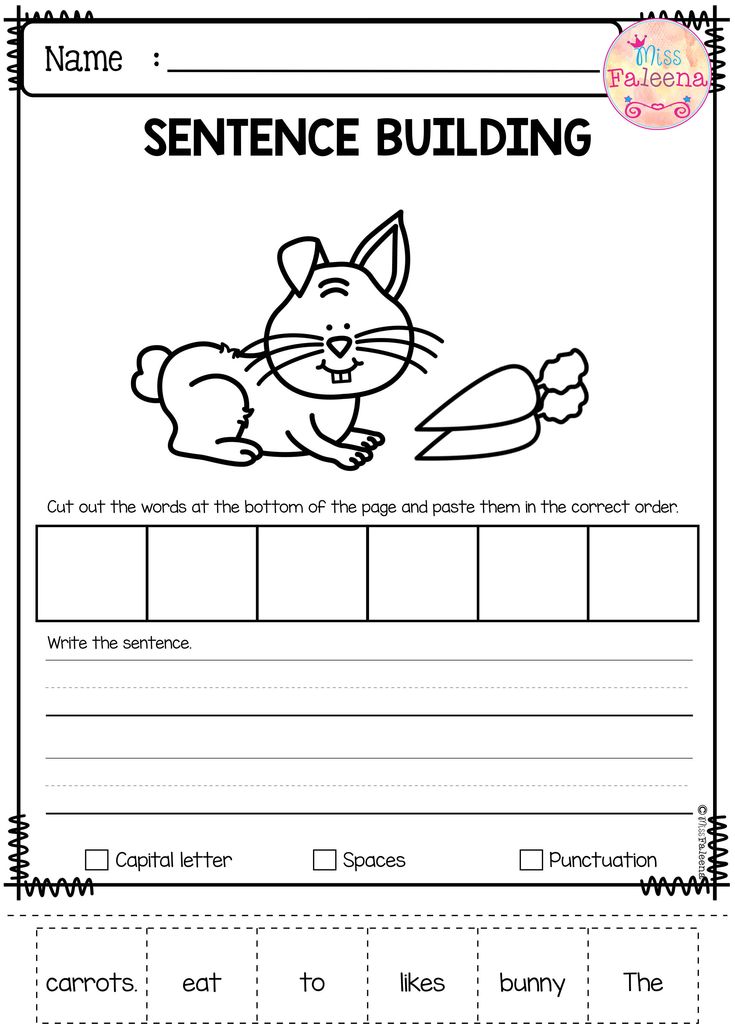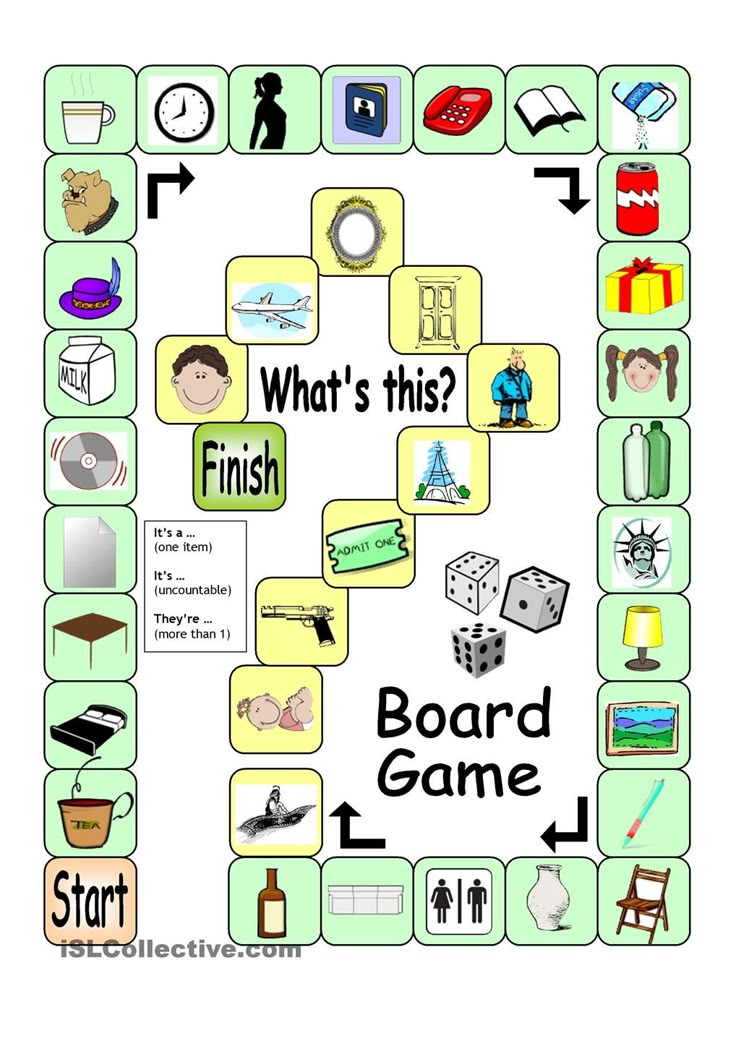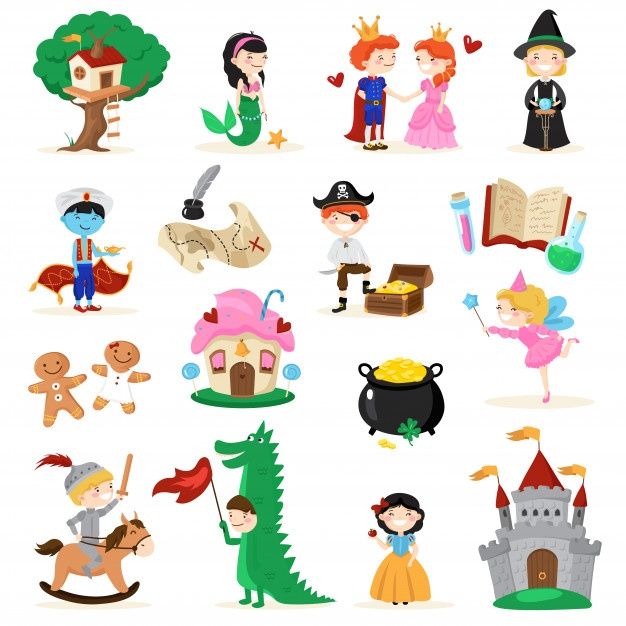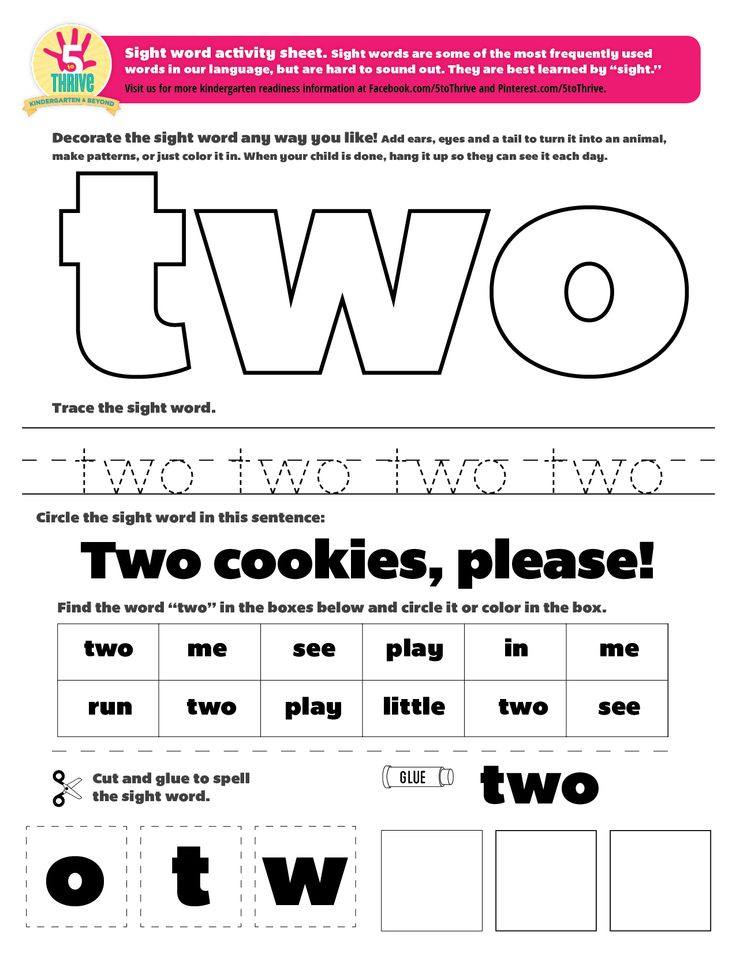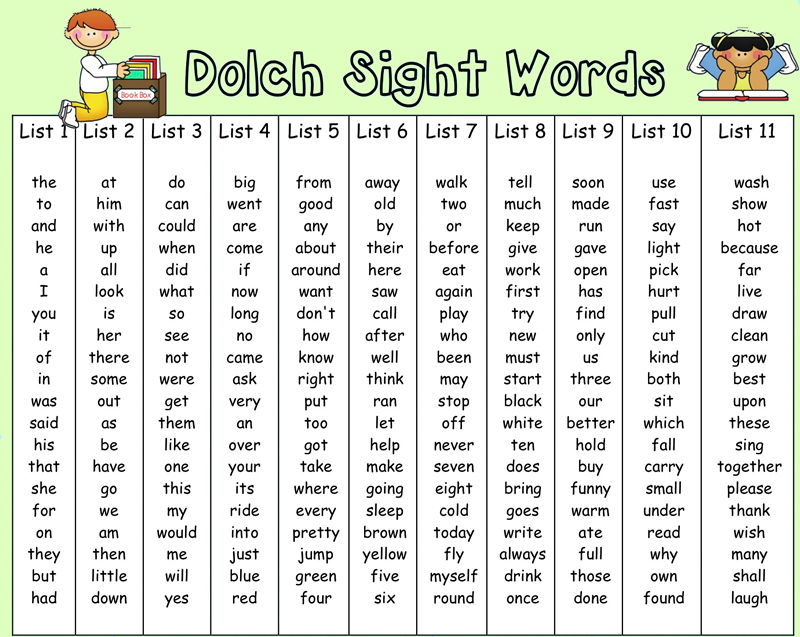The wonderful things you will be read aloud
B O O K S
The Imaginaries
Random House Children's Books 2020
From mermaids and giant flowers to magical robes and mysterious characters, this full-color collection of old & new artwork from Emily Winfield Martin will inspire the artist and writer in you! Each glorious image is given a mysterious or magical one-line caption–the beginning of a story, or maybe the middle–you imagine the rest.
The captions are hand-written on vintage scraps of paper, envelopes, postcards and more. Akin to the Chris van Allsburg book The Mysteries of Harris Burdick, The Imaginaries is destined to become a cult classic in its own right.
Buy from BuyOlympia.com
Buy from your local bookstore
SNOW & ROSE
Random House Children's Books 2017
Snow and Rose were two sisters, as different as night and day.
Once, they lived in a big house with spectacular gardens and an army of servants.
Once, they had a father and mother who loved them more than the sun and moon.
But that was before their father disappeared into the woods and their mother disappeared into sorrow.
This is the tale of an enchanted wood, of two brave girls and a boy named Ivo, of a wounded bear, of what it means to know and to believe.
Click here to see one of Emily's biggest inspirations, her collection of old fairy tale books.
Buy from BuyOlympia.com
or
Buy from your local bookstore
Also available in Audiobook !
THE LITTLEST FAMILY'S BIG DAY
Random House Children's Books 2016
A family of tiny bears and one especially small fox set off on a wander to explore their new home in the big woods. What will this little family find? Friends, adventure, and most importantly, a place they belong.
Inspired by mid-century classics, their world is full of warmth, coziness and quirky details.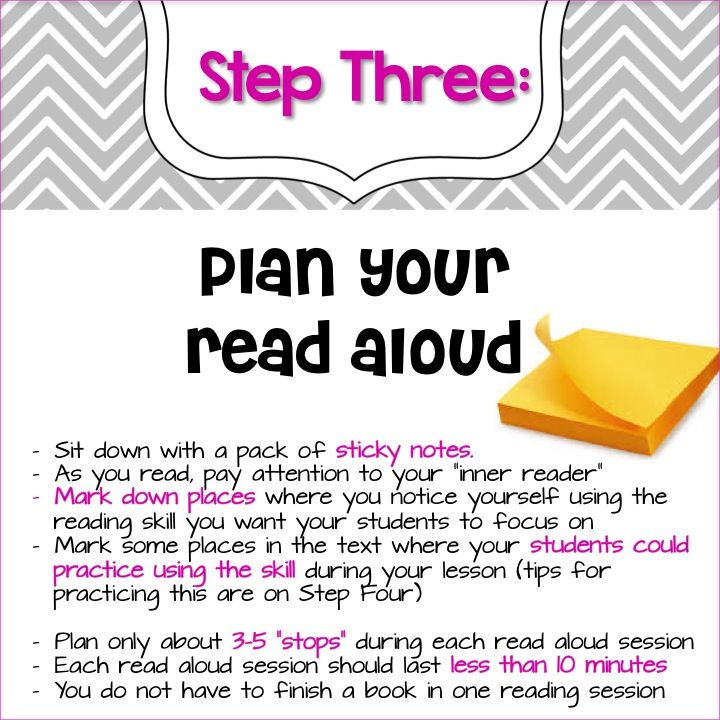 Go on a wander with the littlest family. If you're very lucky, you might get lost with them...
Go on a wander with the littlest family. If you're very lucky, you might get lost with them...
"Martin’s exquisite acrylic-and-gouache illustrations will invite readers to pore over their details in order to take in the many wonders of the miniature, fantastic woodland setting."
--Kirkus
Buy from BuyOlympia.com
or
Buy from your local bookstore
THE WONDERFUL THINGS YOU WILL BE
Random House Children's Books 2015
A celebration of love & possibility, this #1 New York Times Bestseller wonders what someone might grow up to be: brave and bold or creative and clever, playing in a band or (perhaps) sewing pants for squirrels...
This is the first time / There's ever been you / So I wonder what / Wonderful things you will do.
“Her children are so serious… and so unflappable… that they convey not just hope for the future, but a sense of manifest destiny.”
--Publishers Weekly starred review
“Sweet but not saccharine and singsong but not forced, Martin's text is one that will invite re-readings as it affirms parental wishes for children while admirably keeping child readers at its heart. ”
”
--Kirkus starred review
Buy from BuyOlympia.com
or
Buy from your local bookstore
DAY DREAMERS
Random House Children's Books 2014
The companion to Dream Animals celebrates the imagination and will have children dreaming both day and night!
This strange & whimsical picture book shows readers that letting their imaginations run free will lead them into fantastical day dreams. Whether cloud-gazing or wandering through a museum, reading a book or playing in a tide-pool, the children in this picture book find themselves in places inhabited by magical creatures such as dragons, unicorns, griffins, and jackalopes.
Buy from BuyOlympia.com
or
Buy from your local bookstore
DREAM ANIMALS
Random House Children's Books 2013
This picture book debut invites children to discover who their dream animal might be—and what dream it might take them to. With a gentle rhyme and lush illustrations, Dream Animals introduces a new night time mythology, ideal for bed time reading.
With a gentle rhyme and lush illustrations, Dream Animals introduces a new night time mythology, ideal for bed time reading.
Furred or Finned or Feathered, your Dream Animal is waiting!
"A rare, enchanting mixture of graceful rhyming verse and adorable, Hummel-sweet illustrations... Martin’s paintings, in rich, creamy opaque colors, have a retro look that recalls early Golden Books, but with more brush-stroke texture. They’re so nursery-worthy you may be tempted to snip a few out and frame them."
--The New York Times
"Tender and dark, this brings to mind the dark and wooded world of classic fairy tales — but with a refreshingly quirky twist."
--The Atlantic Wire
Buy from BuyOlympia.com
or
Buy from your local bookstore
ODDFELLOW'S ORPHANAGE
Random House Children's Books 2012
What do an onion-headed boy, a child-sized hedgehog, and a tattooed girl have in common? They are all orphans at Oddfellow's Orphanage! From classes in Cryptozoology and Fairy Tale Studies to trips to the circus, from Annual Hair Cutting Day to a sea monster-sighting field trip, things at Oddfellows are anything but ordinary .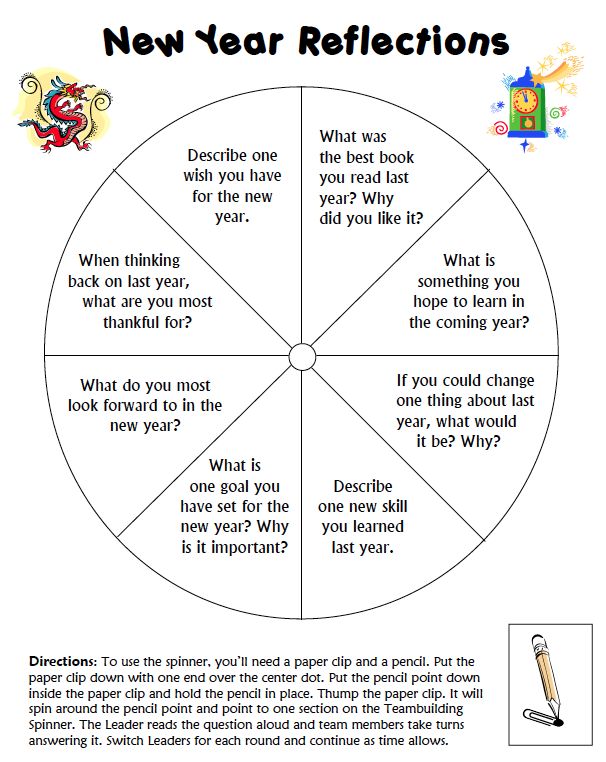 . . except when it comes to friendships. And in that, Oddfellows is like any other school where children discover what they mean to each other while learning how big the world really is.
. . except when it comes to friendships. And in that, Oddfellows is like any other school where children discover what they mean to each other while learning how big the world really is.
Oddfellow's Orphanage is a series of connected vignettes, taking place over the course of a year. Quirky and comforting (and lovely as a read-aloud.)
Buy from your local bookstore
THE BLACK APPLE'S PAPER DOLL PRIMER
Potter Craft, 2010
Join Emily Martin on a trip through her magical world of paper dolls, imaginary places, and clever craft projects.
Inside this book you’ll find 21 sweet, mysterious characters with clothes and accessories all their own—from a busy beekeeper’s daughter to a bird-loving librarian. You’ll also find 16 dolls ready to be designed and brought to life by you! Emily will show you how to draw, paint, and personalize your way to a little paper replica of anyone you’d like.
“The world of Emily Martin is enchanting, exquisite, and ethereal. Behind the soft hues and the peaches-and-cream palette, one can see a lively and fertile mind at work. An aching and mysterious sweetness blends with beguiling touches of the enigmatic and the peculiar, and the results are often remarkably sublime.”
Behind the soft hues and the peaches-and-cream palette, one can see a lively and fertile mind at work. An aching and mysterious sweetness blends with beguiling touches of the enigmatic and the peculiar, and the results are often remarkably sublime.”
--Richard Sala, author of Peculia, Delphine, and Cat Burglar Black
“This book is packed full of loveliness—stunning paper dolls, creative paper projects, even a stellar toy theater, all with Emily's unique blend of irreverent sweetness. Please be seated with smelling salts nearby: Fainting might occur. It's that good.”
--Amy Karol, author of Bend-the-Rules Sewing and Bend-the-Rules with Fabric
Why Reading Aloud To Your Child Is Important, Plus 7 Tips
Reading aloud to your child can benefit them in many ways and is especially important for establishing a strong foundation for their learning journey. But how exactly does it help?
We’re here to explain why reading aloud with your child on a daily basis is so important.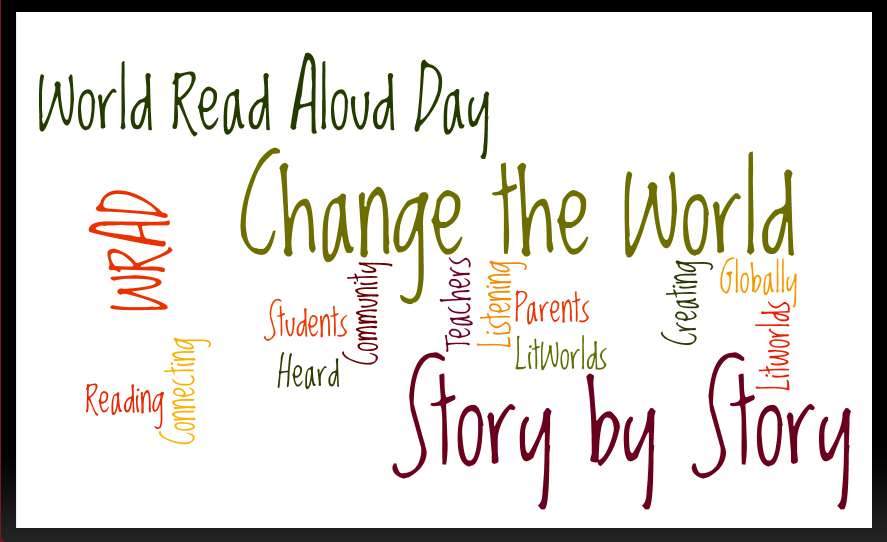 We also give you some tips on how to make sure to maximize the fun and functionality of your reading time together.
We also give you some tips on how to make sure to maximize the fun and functionality of your reading time together.
How Reading Aloud Benefits Your Child
There are some lessons and experiences that children just can’t get from the classroom.
Home life is important for setting up those foundational building blocks that form your child’s personality, influence their learning style, and all the other wonderful things that make them unique!
Reading at home is no exception to this rule. Kids absorb the behaviors and information put in front of them. This means that if they’re raised in an environment that encourages reading, they’re more likely to develop into strong readers as they get older.
But it’s not just about telling them how important it is to read. It’s about showing, too! That’s why reading aloud is important. Let’s talk about the ways reading aloud with your child benefits them.
Having A Familiar Voice To Help
The intimacy of reading together — even with an infant — fosters a warm bond between an adult, a child, and reading.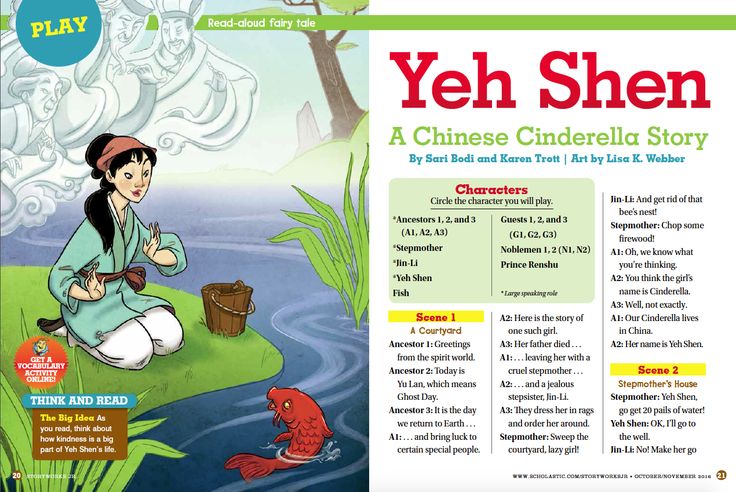
By pointing to pictures and reading books aloud (even before your child can speak!), you’re showing them the importance and beauty of books, stories, and language.
Reading aloud to your child also offers a vocabulary bonus. As you read, your child will hear new vocabulary words in context, which is an ideal way to increase their flexibility with words!
Strengthening Imagination
Reading aloud to your child opens doors that encourage them to engage in their own storytelling, fosters their sense of empathy, and, most of all, encourages their imagination.
As you read with your child, their understanding of the world expands. They are able to imagine new things and events that exist outside of their own experiences — and even their own reality (if only there were talking animals to hang out with)!
Encouraging Curiosity
There are so many books in the world: fiction and nonfiction, books that have moral lessons to share, and books with fascinating information to discover! Sharing a wide variety of books with your child will encourage their curiosity along with their imaginations.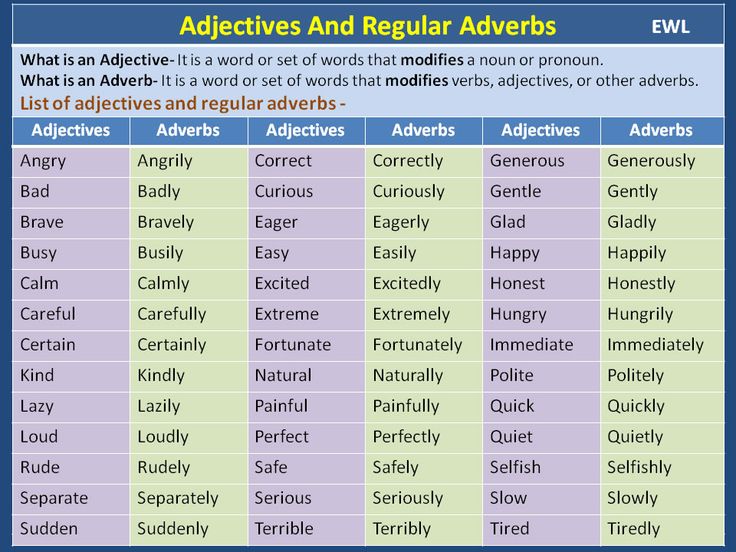
Your child may want to ask you questions about the things you read aloud together, or even things they hear secondhand on the radio or on media. This is great and might offer opportunities to dig into new books to read aloud!
Inquiring about the world around them will help support your child’s reading ventures in the future and form them into willing, enthusiastic learners.
Highlighting Your Child’s Interests
Your child may be the type to fixate on a specific idea, hobby, or interest. Although this might set off alarm bells for you — maybe you want them to learn and try new things — it can be a great opportunity to understand your child’s wants and needs.
For example, if your child loves a specific book and asks you to read it aloud every night, this story may hold some clues to what your child might be thinking, feeling, or wondering.
Books that prioritize things kids love can help them stay more engaged with and excited about their reading time!
7 Fun And Easy Tips For Reading Aloud
1) Let Your Child Choose
Allowing your child to explore and choose from books on their bookshelf gives them more incentive to get involved, pay attention, and take control of their learning journey.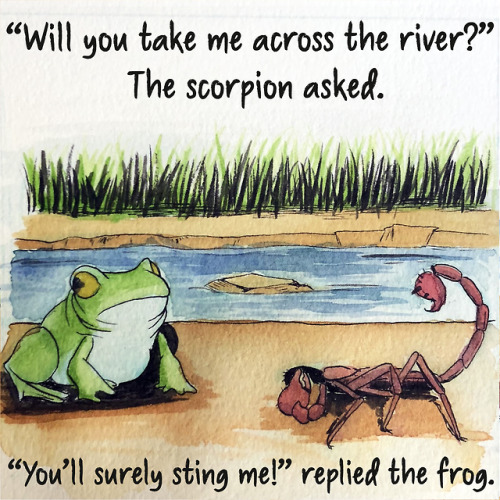
Even though it seems small, an opportunity to express their independence and autonomy is important for encouraging your child to get invested in their reading development.
2) Start Small And Work Your Way Up
If you find that your child can’t seem to sit still for the entirety of a book, don’t worry! Kids’ attention spans tend to increase as they are read to more often.
We recommend starting small. Even if it’s just 10 minutes a day, try to get in a few minutes of dedicated reading time. After a while, you may find it easier to increase your reading time together each day.
That being said, don’t stress if you find yourself struggling to fit in reading time every now and then. It’s OK to miss a session here and there — we’re all doing the best we can as parents!
Consistency is key, but so is patience. We always want to encourage a reading environment that is fun, easy, personalized, and effective for your child. If your child responds best to shorter or fewer sessions, then go with that.
3) Get Into Character
Most books have more than one character in them. Why not change up your voice to reflect them?
Getting into character while reading aloud can really help your child focus and immerse themselves in the story you’re reading together.
Vary your tone, your accent, your volume — anything that gets your child giggling and invested! If you’re good at impressions, acting out the scenes in a book as their favorite character may also be a huge hit.
4) Don’t Be Afraid To Ditch The Words
For young children, it’s especially important to follow along with the words in a story to become familiar with how words look on paper. But this only promotes one aspect of their reading skills.
Every now and then, you might consider asking about your child’s understanding of what’s going on in the story. Referencing the pictures in a book can help kids pick up some context clues.
If you want to try this, you can ask them about what they think is happening at certain points in the story based on the pictures, why they feel that way, and what they think may happen next.
5) Practice Repetition
By reading the same book over and over, your child can get familiar with the scenes in a story and begin to engage more deeply with the story’s messages.
This technique can be really effective in developing their reading comprehension! If you choose, you can encourage them to think more carefully about the story by asking them questions about the things you read together.
You may also find that after a zillion readings, your child actually starts reading the book on their own!
6) Carry A Book With You
You’re in a doctor’s waiting room, or on a bus ride, or waiting for laundry to be done at the laundromat. Why not pull out a book to read to your child to pass the time?
You can’t read while driving, of course, but you could put on an audiotape of a great story and listen to it together with your child.
Reading everywhere has all the advantages we’ve talked about, but it also shows your child that reading is a wonderful way to pass the time — anywhere and any time!
7) Don’t Stop Reading!
Keep reading to your child even when they are able to read for themselves.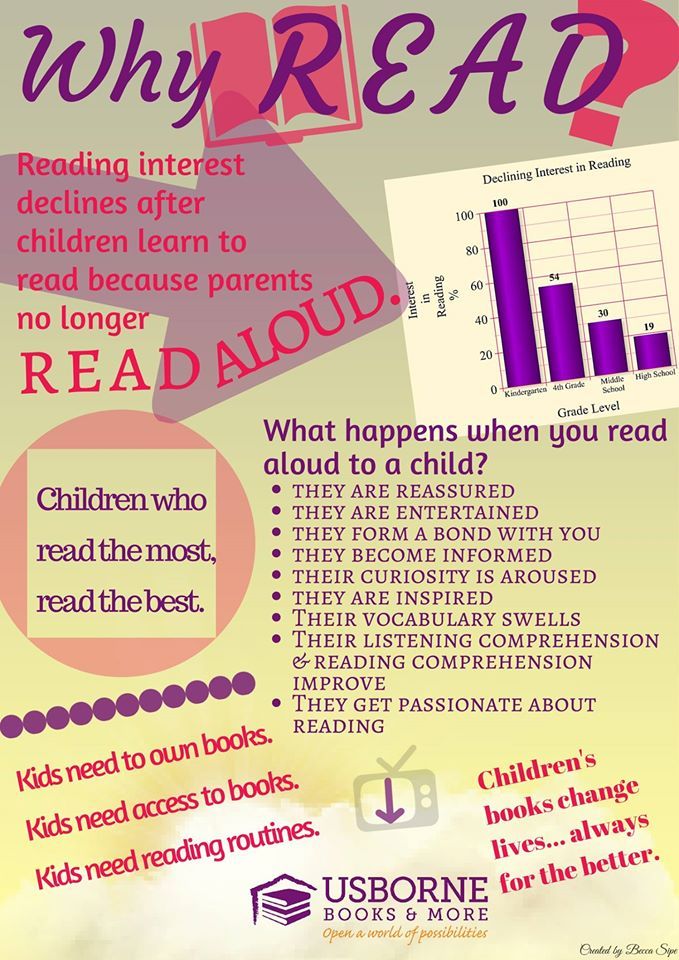 You can read longer books or books that are harder than they are ready to read independently.
You can read longer books or books that are harder than they are ready to read independently.
This often inspires children to want to increase their reading power so that they can read more challenging books on their own.
Reading Aloud Is Only The Beginning Of The Journey
Once you make reading aloud to your child a key part of your day, we hope you will also find it to be the part you both most look forward to sharing.
And for those days or nights when you need an extra helping hand, consider giving the HOMER Learn & Grow app a try. You’ll find many stories, fiction and nonfiction, that your child can listen to on their own — or with you by their side.
All in all, reading aloud is one of the best ways to foster an interest in reading in your child. We hope our tips gave you some new ideas (or sparked some other ones!) for your reading routine .
Author
The art of reading aloud to children | Papmambuk
The art of reading aloud to children
Marina Aromshtam October 26, 2022 2792 Read in English
Reading aloud to children is the most important type of pedagogical activity.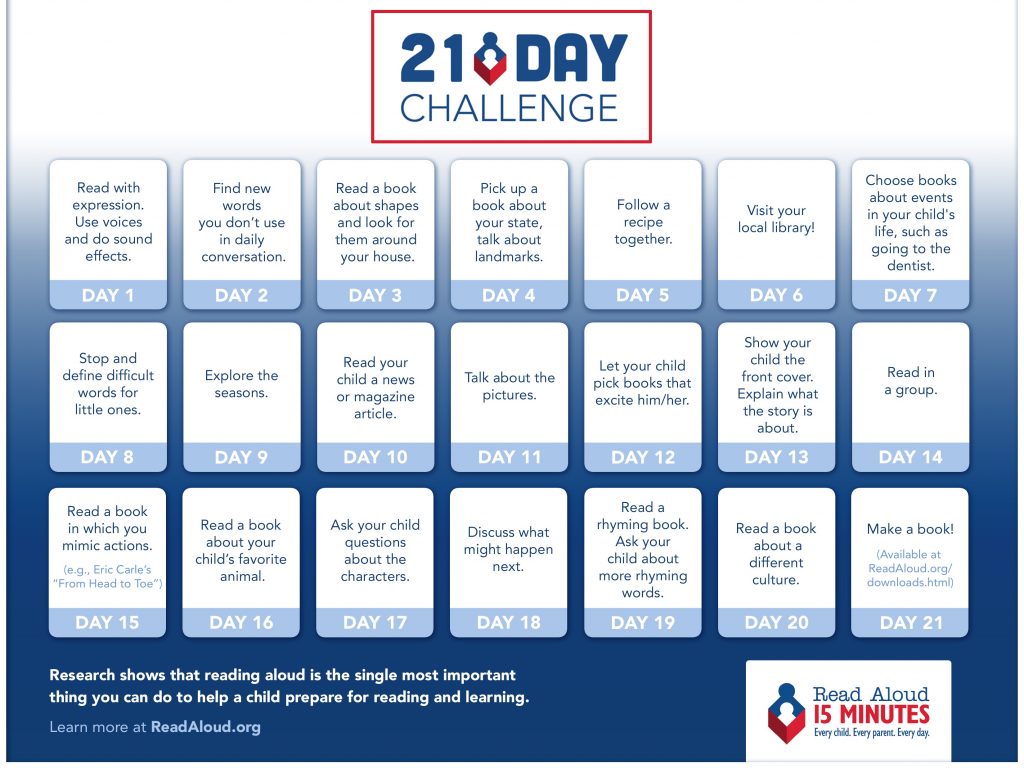 On the pages of Papmambook, we have repeatedly told what this gives the child and why reading aloud should become part of the family lifestyle. But teachers should also read to children - both in kindergarten, and at school, and in the library. This is one of the most effective ways to introduce children with different levels of independent reading and different levels of horizons to book culture. nine0003
On the pages of Papmambook, we have repeatedly told what this gives the child and why reading aloud should become part of the family lifestyle. But teachers should also read to children - both in kindergarten, and at school, and in the library. This is one of the most effective ways to introduce children with different levels of independent reading and different levels of horizons to book culture. nine0003
But the teacher does not read to one or two children who sit next to him side by side, who can be hugged and who look at the picture while reading. The teacher usually reads to a group of children. If he can still lure two, then even the third, and even more so the fourth, are already at a distance in relation to him. And what about the whole class! In addition, the room in which children listen to a book, even if it is cozy and designed specifically for communication around the book, is still not home. nine0003
In other words, the larger the group of children listening to a book at the same time, the more formal the atmosphere in the room where it happens, the more difficult it is to create the right atmosphere for reading.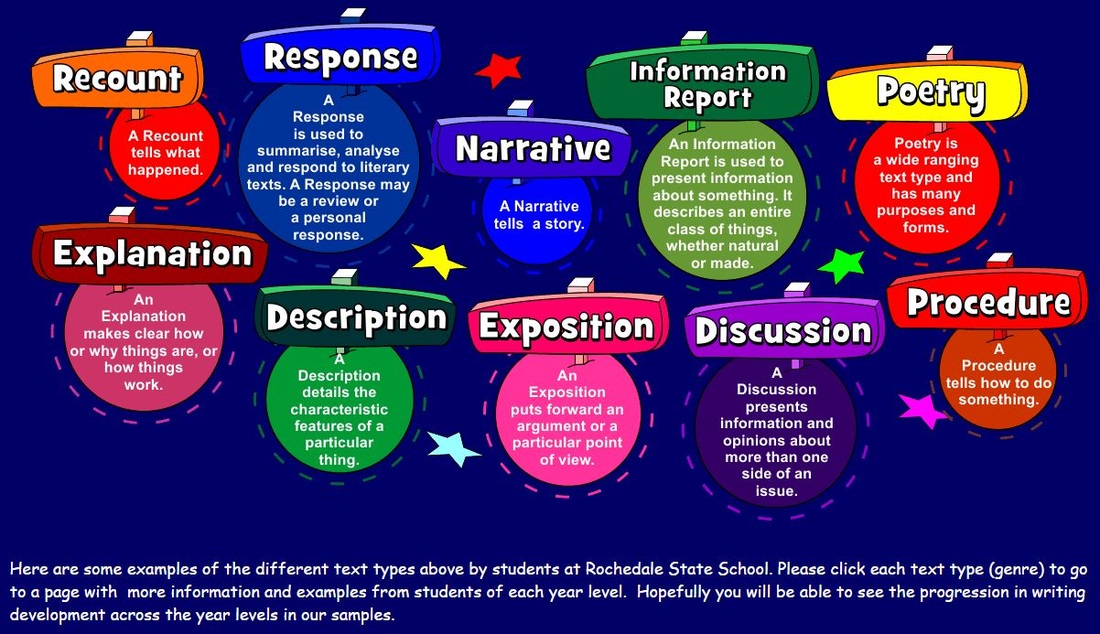
What does “reading environment” mean and why is it so important? It can be compared to a vessel in which a certain chemical reaction must take place - communication around the book. Such communication assumes that listeners will not just "take in information." They will experience some emotion. Actually, this is the main task of the reader - to evoke an experience in the listeners. nine0003
And here a certain contradiction arises between the tasks that the reader sets himself and the nature of the expected reaction.
Experiences while reading is an intimate process. In the situation of parental reading, no contradiction arises. A parent is a close person (like a brother or sister). He reads to his child (this, of course, is also a sign of love and attention). And it is natural for a child to share his feelings with a parent. That is, this is a situation of personal communication - one-on-one interaction. And although there seems to be an author between the child and the parent, this author speaks in the voice of the parent.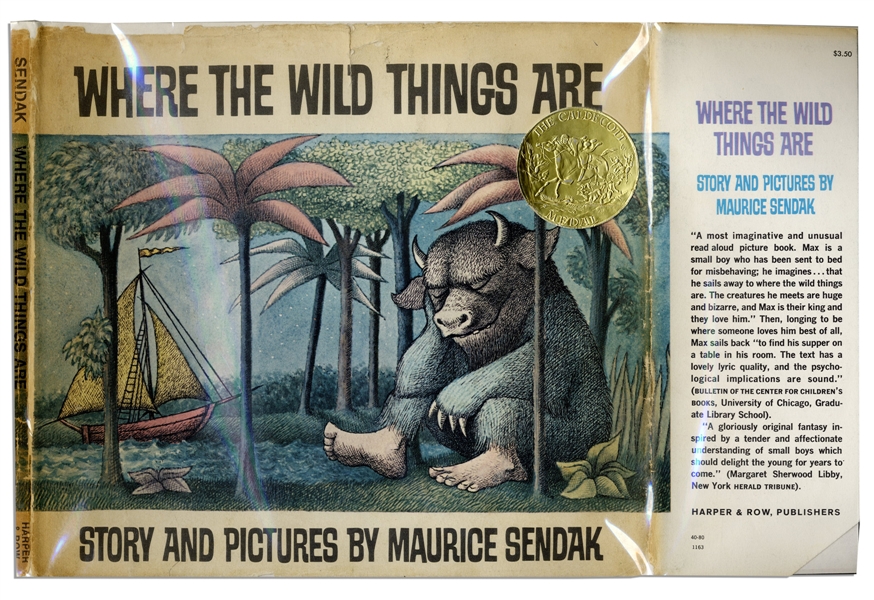 nine0003
nine0003
But in a group reading situation, things are somewhat different. Listeners need to feel that they are being read to: reading aloud must somehow acquire the character of personal communication.
To do this, you need to learn to take your eyes off the text while reading and look at the listeners over the book - not at just one person, but having time to “mark” at least two or three viewers with your eyes. When you look at children, when they see your eyes, the gaze directed at them, there is a “presence effect”: you are not just diving into a book, you are not only a voice. You are still with the children, you see them, follow their reactions - that is, it is important for you what happens to them. nine0003
To take your eyes off the text, you need to be able to read to yourself ahead of time, remembering the end of the phrase: you finish it while looking at the audience. To do this, you need to slightly reduce the reading speed. There is a small pause. It allows you to exchange glances with your children: you send them a signal that you know about their experiences.
Sometimes during such pauses the reader shows pictures to the children. But this is optional.
You can devote some time to looking at pictures, after reading. We read it - and then look at the pictures together, once again running through the plot of the story. nine0003
Showing pictures to a group of children is an art in itself. If there are many children, and the book is small, it is better to refuse this. Or take the time to scan the illustrations and view them with the children on a relatively large screen.
It is important to seat children correctly. Small children - preschoolers and first graders - second graders - it is better to sit in a circle. If you are confident in yourself and in your ability to hold attention, you can invite the children to sit (or even lie down) on the carpet. But this is not always correct. In some situations, being too relaxed encourages children to become distracted and pester neighbors. nine0003
A circle is a good shape for little ones, “smoothing out” the corners and, as it were, bringing children closer to the reader.
But teenagers can be offered to sit in a circle only in the case of well-established trusting relationships in the group. If the group is formal, it is better to let them sit in rows so as not to see each other's faces.
What happens in the cinema and theater where people go specifically for cultural experiences? There, the audience is plunged into darkness. It is clear that this way you can better see what is happening on the screen and on the stage. But what does “better seen” mean, from the point of view of the organization of experience? This means that the attention of the beholder is organized in a special way - localized and directed. But the meaning of darkness is not exhausted by this: it also allows the viewer to hide with their emotions from prying eyes. On the one hand, a person seems to be experiencing something together with everyone, on the other hand, darkness saves him from “exposure of feelings”. nine0003
Adolescents are afraid of being discovered.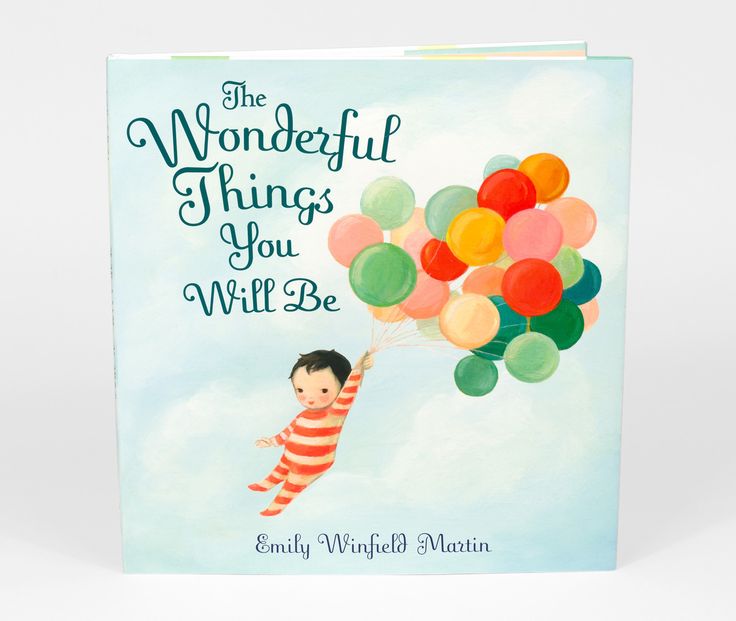 They are afraid to experience “wrong”, from the point of view of their subculture, feelings. Afraid to be funny.
They are afraid to experience “wrong”, from the point of view of their subculture, feelings. Afraid to be funny.
Therefore "rows" in their case are preferable to a circle. And if some dimming is possible, when only the reader is in the "circle of light", this is only better.
Small do not need shading. That is, it can be used to create an atmosphere of mystery, but then the little ones should “hold on” to something. In the theater and in the cinema they cling to the adult. At least they feel it around. And when they have only one adult at their disposal, it is better that there are no additional obstacles between them and this adult (darkness is an obstacle). nine0003
There are some additional little things. For example, while reading in kindergarten, I suggested that children take soft toys with them in a circle while reading: let the “soft baby” sit on the child’s lap and also listen to a book. Nobody refused. Not one boy. A soft toy is a useful thing. You can press it to yourself and pull it, if you need to do something with your hands.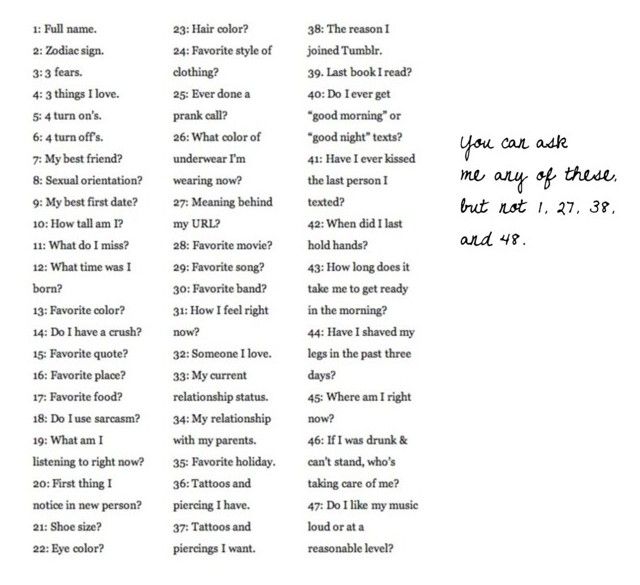 And there is an element of role-playing in this reading aloud. Any preschool psychologist will tell you that this is useful.
And there is an element of role-playing in this reading aloud. Any preschool psychologist will tell you that this is useful.
True, there was a separate concern: soft toys, and even an attractive look, had to be enough for everyone. And if the same toy turned out to be the favorite of two or three children, they had to set a queue for it. nine0003
I didn't offer teenagers to take anything in their hands. But not out of principle. - I just haven't thought of it yet. And you can offer, I think. Not hares and bears, of course. But soft balls that fit in the palm of your hand, or shoelaces that you can wrap around your finger, might come in handy for someone. True, here you need to show tact. Do not announce: go and get it! And just put somewhere a basket with such items, and let them quietly say: “If you want to occupy your hands with something, take me!” nine0003
But, of course, the most important thing when reading aloud is, firstly, to choose a book that will capture the listeners.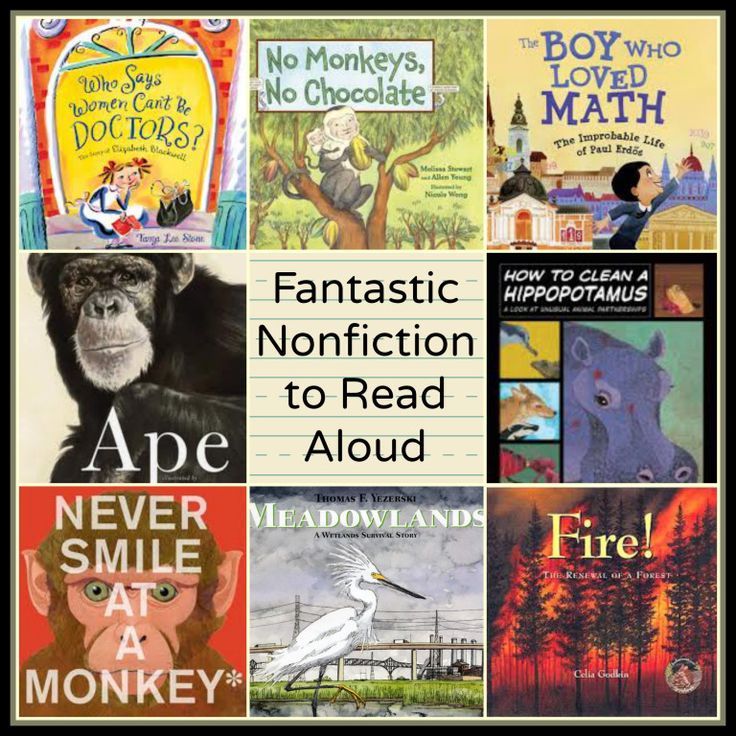 And secondly, read expressively. But after all, among the teachers there are many who had to choose between teaching and acting careers. And if the choice was made in favor of pedagogy, it only meant that the acting and directing potential of the teacher would be realized there.
And secondly, read expressively. But after all, among the teachers there are many who had to choose between teaching and acting careers. And if the choice was made in favor of pedagogy, it only meant that the acting and directing potential of the teacher would be realized there.
Marina Aromshtam
Everything important at Papmambuk
Subscribe to Papmambuka materials - and every week you will learn interesting things about books, their creators and reading children.
Read aloud or silently?
Tell me, my daughter is 8 years old, finished the 1st grade. Reads not fluently and not quite confidently. Reading technique is 4.
Now we read 2-4 pages every day. Should I read aloud? Or let him read to himself, and then tell me?
When do people start reading "to themselves" and why read aloud? nine0003
It is obligatory both silently and out loud. What does it mean why read aloud? How else can you fix reading errors? Yes, and the technique of reading not "to oneself" is checked
I demand that everything related to study be read aloud. When my daughter reads aloud, I hear her read the words and have the opportunity to immediately correct her if she has misread or misplaced the stress. In addition, according to my observations, texts read aloud are better remembered.
When my daughter reads aloud, I hear her read the words and have the opportunity to immediately correct her if she has misread or misplaced the stress. In addition, according to my observations, texts read aloud are better remembered.
For pleasure, I allow you to read to yourself. nine0025 According to test results, my daughter has the highest reading speed in the class + good reading comprehension. So in my opinion, reading aloud has a positive effect on reading success.
If you are not fluent and not confident, then it makes sense to read aloud, for technique and silently for pleasure
Aloud.
Our children were ordered to read aloud until the 3rd grade. And so they did.
It seems to me that one should read aloud until there are no complaints about the quality of reading. Those. there is fluency (from 100 and above), expressiveness, there are no frequent mistakes - then you can also silently. nine0003
I used to read silently as a child, so I allow my daughter to read silently as well. Then I ask a few questions to check reading comprehension
Then I ask a few questions to check reading comprehension
It would be good to read aloud until the age of 12. This not only trains the reading technique, but also works on the development of speech.
aloud. Your allotted 20 minutes aloud. If he wants to go further, a book, say, an interesting one, you can resolve it to yourself.
I have never read aloud - but I have been reading since I was 4 years old, and a lot. I don’t force children, only school texts. Their reading speed when reading unfamiliar text exceeds the age norm. nine0003
So a question about a child who reads BAD.
Read aloud. So that you hear and correct somewhere, and she hears herself. It is helpful to read aloud. But it’s also an important experience for yourself. Mine began to read to myself in the 2nd grade. At first, she asked me to tell later, in order to track whether she really read or just looked at the pictures but talked about what she read, i.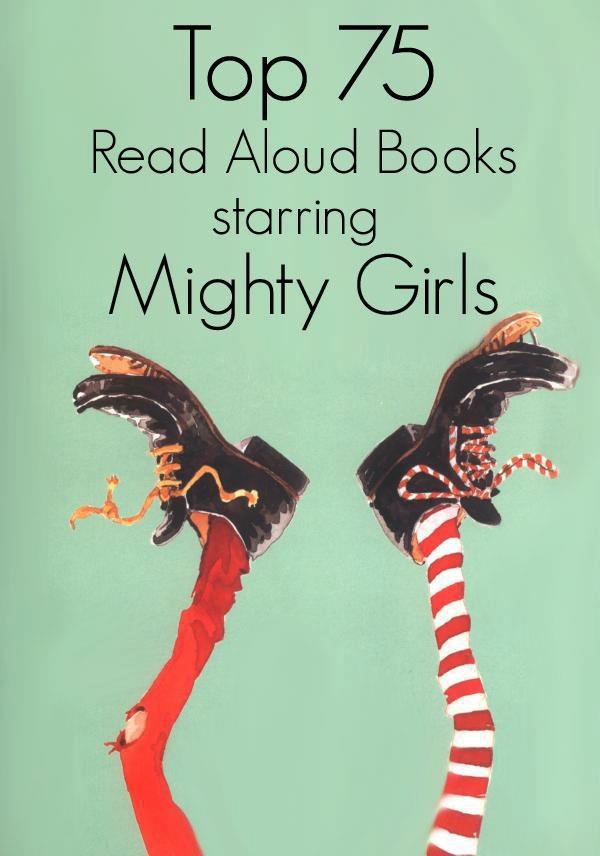 e. everything was fair
e. everything was fair
+1000!
What a horror, I would definitely kill a child if he read everything aloud to me, from the beginning of the 2nd grade, he reads all oral subjects to himself and does them on his own, I only check the written ones, well, I can listen to the verse I learned. nine0003
Reading "to oneself" begins immediately... as soon as mother calms down about the standards for "reading technique". It is harmful to inculcate the skill of reading aloud: you kill the rudiments of speed reading skills. If you read aloud, then only ... poetry, perhaps. Just in order to work on expressiveness and intonation, diction.
and my plus and not only speech, but also very useful for various dysgraphics and other logo-problematic people.
Theoretically, you should speak out loud. In practice, none of my children agreed to this, and I did not insist. nine0003
Speed reading is on one bowl, and memorizing the spelling of words on the other. I don't know which is more important.
I don't know which is more important.
The culture of reading, regardless of the way of reproduction (aloud or "to oneself") forms spelling skills. It is better to fix them by writing difficult / new / interesting words, inventing associations, analyzing the composition. Reading "out loud" is usually insisted on because it makes it easier to perform control functions.
I don't know. I read quickly, looking through only some letters in words and then not in all, respectively, I can’t remember how it is written in this way, I don’t see any mistakes. nine0003
How can you?
It is necessary to teach specially. But this usually doesn't last long. Those. for the final exams I remembered, passed and forgot, because it's not really important.
... it turns out the type of reading has nothing to do with it
What's more. A person who reads slowly, respectively, having time to read each letter, has a chance to remember how words are spelled. I just don’t look at the main ones, so how do I know an engineer or an engineer.
I just don’t look at the main ones, so how do I know an engineer or an engineer.
You look at them, but you don't see them... otherwise, how would you distinguish "engineer" from "fig" by reading only part of the letters? Reading slowly and even aloud, you can just as well make mistakes ... in the absence of sufficient motivation. When reading "aloud" willy-nilly, the motivation will be external, i.e. more effective in the short term "learned-passed-forgotten". When it comes to literacy, this method is weak. nine0003
significant difference. And not only in memorizing the word in the process of reading, and if this is done regularly, it is remembered better, but the fact of a more careful reading of the text is also taken into account, which is very important for children, especially with reduced attention and constant increased posturing.
For children to have an effect on any activity, they need motivation, excitement, spectacle... reading satisfies all the criteria, because it is not equal to the mechanical skill of folding symbols into information and its voicing with a certain speed and timbre of speech.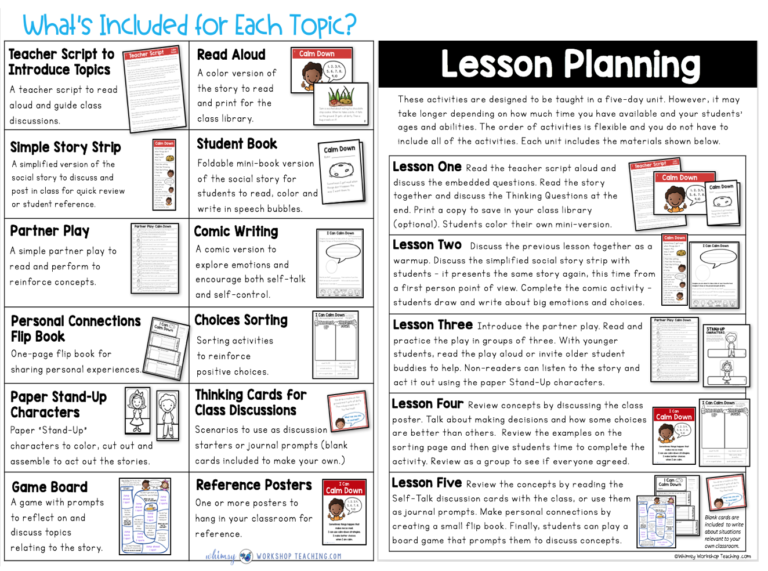 And checking for "reading technique" only requires this, no more ... why bother with it? nine0003
And checking for "reading technique" only requires this, no more ... why bother with it? nine0003
I will say this: reading aloud has helped and continues to help me and my child, especially when learning foreign languages. Speech Emotions, and in general the brain develops strongly! And the recommendations to read aloud were invented not just to torment children or make reading uninteresting. There is nothing interesting, in order to read a couple of three pages aloud, it is not necessary to read boring and not interesting, and in general to force. It is especially useful for introverts, they are liberated by reading aloud. Reading aloud relieves stress, gives confidence, cleans speech from the words of parasites. nine0025 i.e. if you do not see the need and benefit, this does not mean that there are none.
Of course... however, the thread began with the suggestion to take into account the danger posed by the habit of reading "out loud": http://eva.ru/topic/137/3261236.htm?messageId \u003d 85784027
.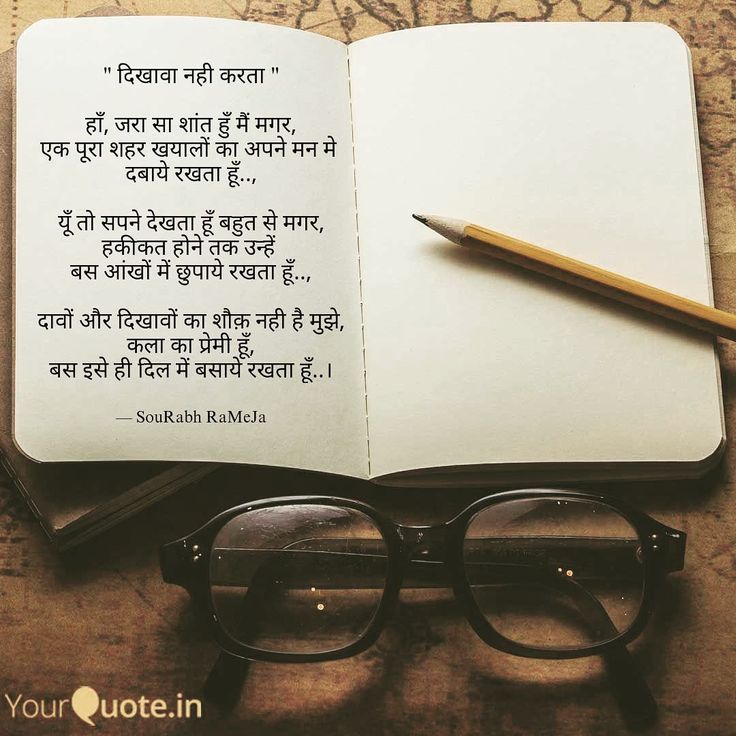 .. and it must be considered in context with the goal that is being pursued: if, as a practice of recitation skills, overcoming tongue-tied tongue, etc. ... rather "yes", but then it would be good to read aloud emotionally meaningful things, dialogues, colorful descriptions. If the only goal pursued is the passing of a mythical standard ... it is doubtful. nine0003
.. and it must be considered in context with the goal that is being pursued: if, as a practice of recitation skills, overcoming tongue-tied tongue, etc. ... rather "yes", but then it would be good to read aloud emotionally meaningful things, dialogues, colorful descriptions. If the only goal pursued is the passing of a mythical standard ... it is doubtful. nine0003
What makes you think that the skill of speed reading is being killed? A daughter without special abilities, from the beginning of school I ask her to read all school texts aloud - the first in the speed of reading in the class, over 200 words per minute.
By the way, another skill that is almost impossible to get by reading to yourself is reading "with expression", with different intonation, highlighting punctuation marks with your voice.
In general, I do not see any harm from reading aloud, except for the benefit. No one forces you to read "War and Peace" like that, and not the big books that are given in elementary school, it is quite possible and necessary to read aloud. nine0003
nine0003
The term "speed reading" does not mean the ability to rattle off as many characters as possible in a limited amount of time. This is a special approach to the process of reading using special methods in order to read and understand the material faster and more efficiently ... there is a huge difference between the traditional, i.e. line-by-line reading and speed reading (quick reading technique).
my daughter started reading to herself in the 3rd grade
when I noticed that she can quickly read to herself and understand - it's easy to notice, the child starts to actively get annoyed at the request to read aloud))) then reading aloud will become a separate task - i.e. in general, the story is read to oneself, but a couple of paragraphs (half a page) are read aloud to practice oratory skills - loudness, intonation, clarity of pronunciation, stress
but without extreme - so as not to tire and not cause rejection
both
so you need to read to yourself, and then a separate exercise for reading aloud - you don’t need a lot, useless and tiring,
and small pieces regularly - for the benefit of
in your particular layout - 1st and 3rd aloud, 2nd and 4th - to yourself
to yourself will give speed - the ability to read with your eyes
aloud - the skill to speak coherently, articulate correctly, control intonations and - do not check the stress to yourself)))
And who needs it, this special method, if a person is basically able to read 200+ words per minute without any methods? Why faster?
By the way, 200+ words is not chattering, but reading well and with expression.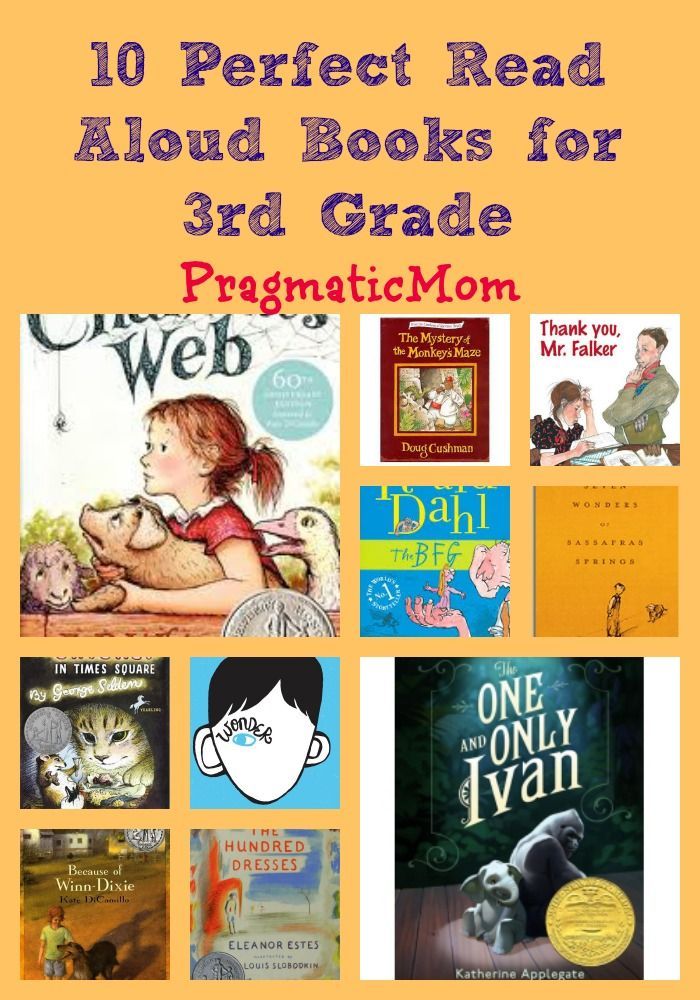
... Have you ever been interested in speed reading techniques? ... in life is a VERY useful thing, perfectly trains all types of memory, creates a huge competitive advantage in learning, etc.
I have a good memory, I can read quickly (as a child I also read at least 200 words per minute aloud), I graduated from high school and college very well - why do I need your techniques? I am quite competitive as it is. nine0025 I wasn't interested in speed reading techniques and I don't think I will be. As well as in cursive writing, it was never difficult for me to write down the thoughts of the teacher in thesis, and not verbatim. Those who walk and run well do not need crutches. Even the most beautiful and fancy ones.
Excuse me, but it is very strange to talk so boldly about a subject about which you have no information...
"... Let's talk about the collapse and rise of Hollywood without seeing a single film. Let's push philosophers together without reading their works Let's argue about the taste of oysters and coconuts with those who ate them, to the point of hoarseness, to the point of a fight. .." M. Zhvanetsky nine0003
.." M. Zhvanetsky nine0003
read aloud! so that the child hears himself and it is desirable that you hear it!
firstly, the child hears how he reads
secondly, you hear how the child reads and corrects the stress and swallowing of letters, syllables, words. well, you also control the guessing of words
I don't talk about the advantages and disadvantages of a crutch for lack of the need to walk with a crutch, yeah. I take your word for it that there are very good crutches that can help those who have problems, honestly. nine0003
But to insist that a person cannot do without wonderful crutches and that it is absolutely necessary for everyone to have at least one, excuse me, is nonsense.
One does not interfere with the other. How does reading silently interfere with remembering the correct spelling of words? On the contrary, the more a person reads, the more often he sees what words are spelled.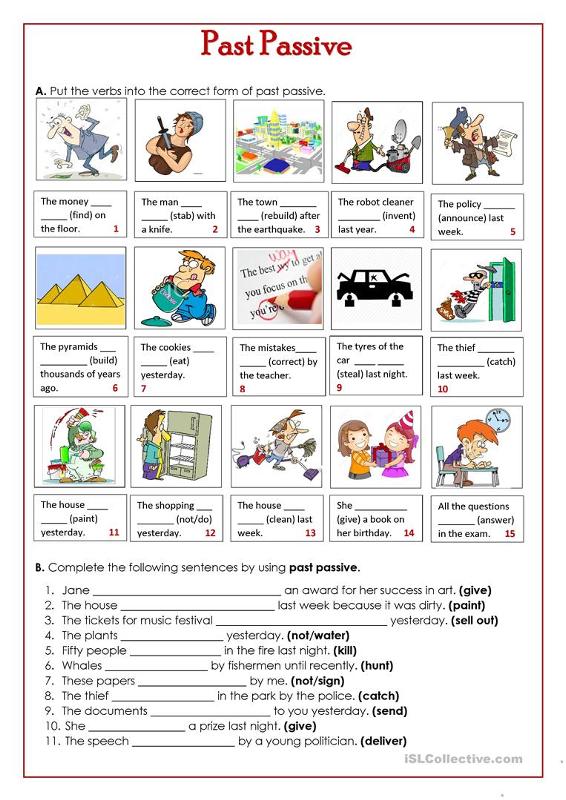 And then, without hesitation, he writes the words correctly. It seems to you that you skip part of the letters when you read to yourself. And your brain notices everything and imprints
And then, without hesitation, he writes the words correctly. It seems to you that you skip part of the letters when you read to yourself. And your brain notices everything and imprints
... maybe we are talking about just dropping the "crutch", stop limping and learn to run?
My reading speed matches my needs. I never, for all the time of studying at school and institute, did not fall into the situation of "did not have time" to read. So where did you get the idea that I'm "limping"?
The difference becomes clear when you ask a child to read the same thing aloud. If at the same time your child does not make a single mistake in a rather complex text, and at the same time manages to correctly intonate it, then you can not bother and read to yourself. Most children make mistakes, which means they need to read aloud. nine0003
Let's not get personal...
I can distinguish an engineer from a fig by meaning. I will not read all the letters in familiar words.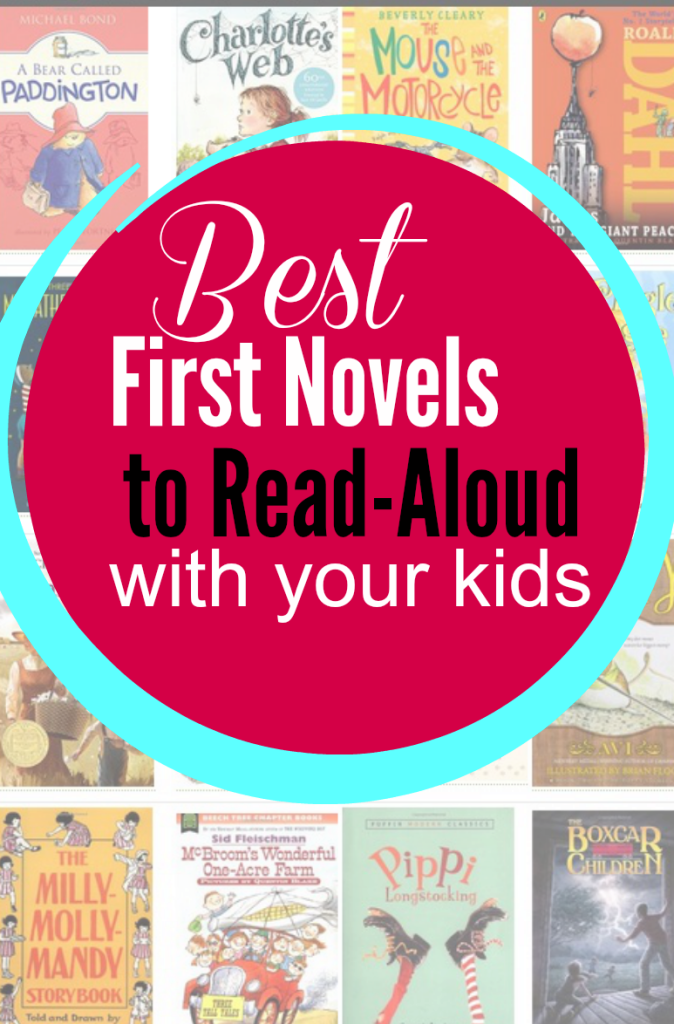
how can we skip
otherwise why read the text for the hundredth time you find typos again
son (grade 2) reads a lot, 50-200 pages a day, I think reading such a volume aloud is not real, and there is no reason, if only I read 2-3 pages, then, probably, I would ask to read aloud.
By the way, I'm not chasing speed reading with my son about 100 words per minute, the main thing for me is that the child understands what he read. nine0003
what's stopping you from asking your child to read the page aloud to you, like you're interested? not necessarily '50 pages to read! And it's not about reading speed! And in the development at the same time and communication.
My daughter, 8 years old, has not read anything aloud for a long time. At 5-6 years old, when reading was 2 pages through, stumbling, I read aloud. At least I heard that she reads. And then when she herself wanted to sit down and read a book - she sat down and read it) At school, they read aloud enough. At home, he reads to himself, silently. nine0003
At home, he reads to himself, silently. nine0003
Oh, at one time I was interested in this particular task and realized that in my situation, personally, a potential competitive advantage by and large would not give me anything, and decided not to fight for those very dead skills, but to stay with my love of reading " with feeling, with sense, with arrangement. So, about children, I could not predict with what skills they would be better.
Excuse me, are you confusing anything? For interest, I recorded the time of pronouncing the simplest tongue twister - about Greka. (19words, including prepositions). It took a little less than 5 seconds. Those. approximately 228-230 words per minute. This is exactly chatter, all words of 1-2 syllables and without pauses. How can you read a literary text with intonation and pauses at a speed of more than 200 words per minute?
The brain does not miss anything. This person cannot always extract information from his brain arbitrarily.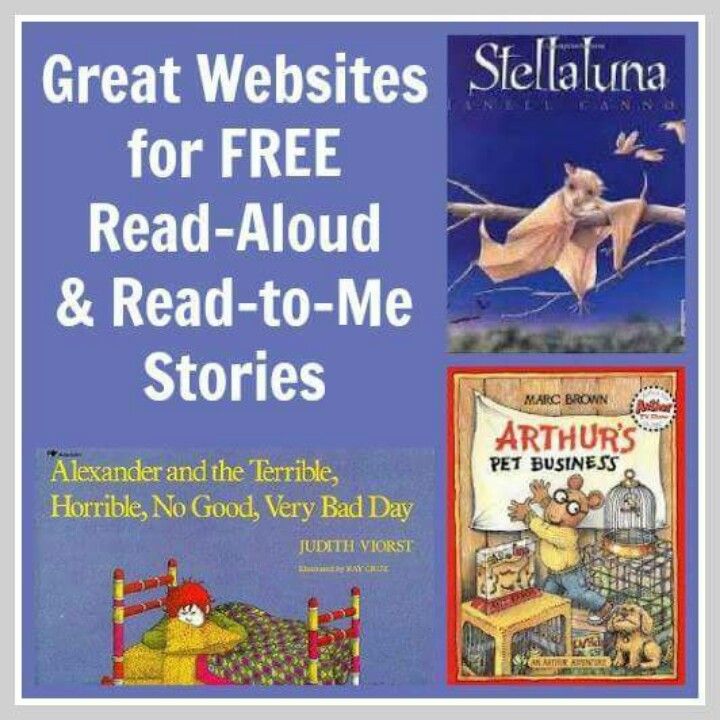 But it still accumulates and is processed there. And then the person himself cannot explain why he is sure that this or that word is spelled this way and not otherwise. nine0003
But it still accumulates and is processed there. And then the person himself cannot explain why he is sure that this or that word is spelled this way and not otherwise. nine0003
If a child does not want to read aloud and reading aloud discourages him from reading a lot, it is better not to push. The love of reading is more important than all these academic troubles.
And before, family readings were held in decent houses..
And everyone read to each other in turn.
We also tried this, so my husband reads the worst of all
no thanks, this is not our option, everyone has different tastes, but I’m just sorry to waste time on an uninteresting book, and it’s not especially especially during school hours, and I and the child read a lot, the husband rarely, but they have a family and it’s not accepted like that. nine0025 My mother also read a lot, but again, we had different tastes, and the absence of family readings did not affect the amount of reading
why? that there are no other reasons for communication???? And in the development of whom will reading aloud help?
I also love to read fiction, spiritual literature slowly, with sense and arrangement, with expression and feelings. However, at work, you have to read a lot of regulatory documentation and, sadly, memorize the content ... oh, how the speed reading method helps in this case. It would have been lost without him. The son of a first-grader also began to face a similar problem: he reads a lot and willingly. He comes running, quoting: "Mom, just listen to how (what) they write!" All with enthusiasm, according to roles, etc. Those. reading "aloud" is present to some extent. But at school, not always interesting reading is given = reads ... as if diagonally, running through the text with his eyes. The content remembers, can retell. I passed very well in reading technique ... so it's not bad for a person to have as broad skills as possible. nine0003
However, at work, you have to read a lot of regulatory documentation and, sadly, memorize the content ... oh, how the speed reading method helps in this case. It would have been lost without him. The son of a first-grader also began to face a similar problem: he reads a lot and willingly. He comes running, quoting: "Mom, just listen to how (what) they write!" All with enthusiasm, according to roles, etc. Those. reading "aloud" is present to some extent. But at school, not always interesting reading is given = reads ... as if diagonally, running through the text with his eyes. The content remembers, can retell. I passed very well in reading technique ... so it's not bad for a person to have as broad skills as possible. nine0003
Would you like me to record an audio file for you?
Different people pronounce words at different speeds. Listen to the Italians, and all 300 will come out there, and emotions with intonation will be in place.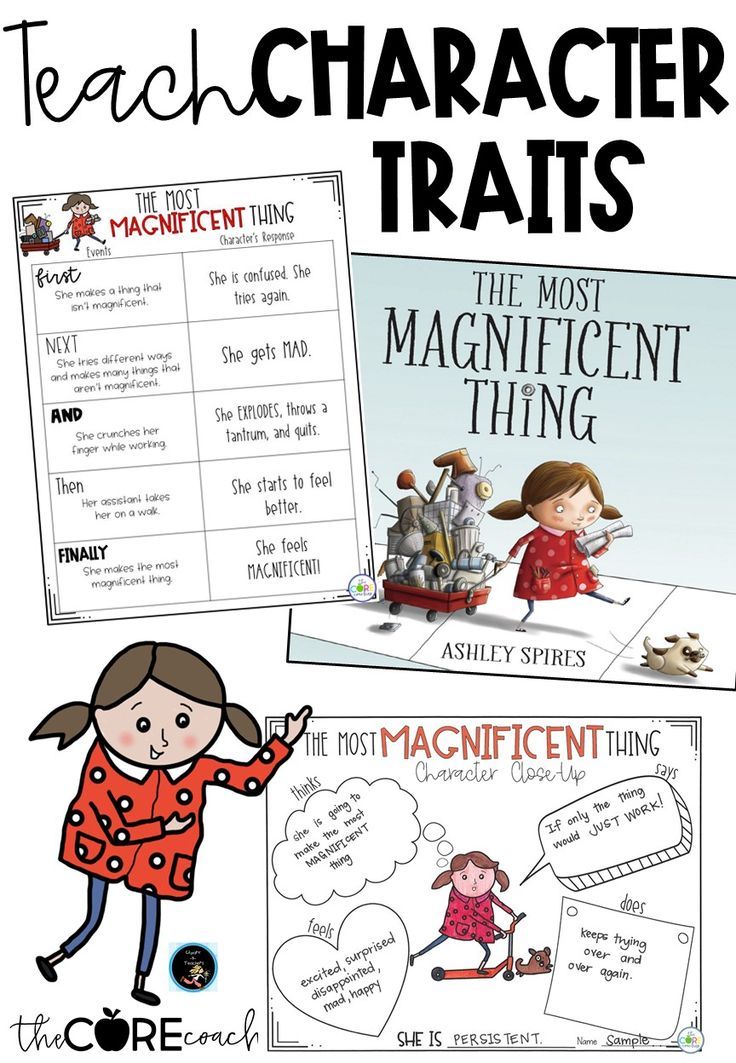 I speak quickly and read quickly. This is a personal feature.
I speak quickly and read quickly. This is a personal feature.
Yes, it is clear that there is no limit to perfection and everyone first of all sets the bar for his children, based on where he jumped, and then moves up and down, if this makes sense. And in fact, there are a lot of options. nine0003
you are talking about an adult with great life experience and knowledge of grammar - here spellings fall on prepared ground
with children it does not work
rather slowly accumulates - grammar goes faster
well, there is a test when changing letters in a word - where the beginning and the end is read without hesitation
it means that the brain is not too focused on spelling when it is busy with the meaning of the text as a whole
speech and vocal apparatus - articulation and intonation
well, and put stress correctly
so that he could "phone on the phone", but on "phone on the phone"
why? if he reads something funny or funny, in his opinion he can come up and read aloud so that we also laugh.